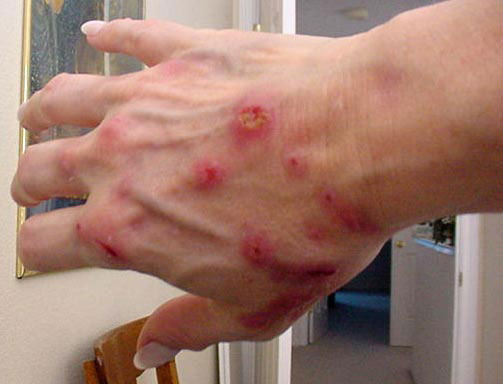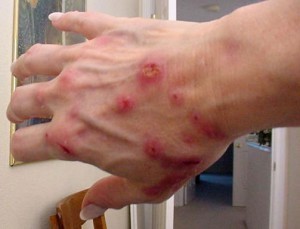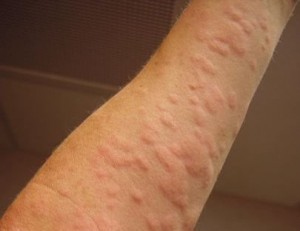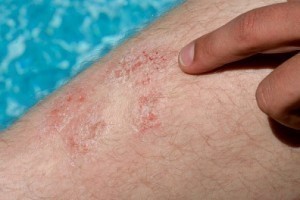Morgellons Disease
Morgellons Disease or Morgellons Syndrome refers to a condition that is referred to by the Centers for Disease Control as an unexplained dermopathy. It is characterized by a range of skin-related symptoms such as crawling sensations on and under the skin, fibers on or under the skin and lesions or rashes that are persistent. There is question as to whether this newly identified disease is actually a new disease, because of its similarity to another existing condition known as Delusional Parasitosis. Due to the debate as to whether this is a new disease, treatment may not come easily, and as such, some patients have done self-treatment that can prove to be quite dangerous. Some of these include the use of bleach and pest insecticides and other industrial chemicals.
Symptoms of Morgellons Disease
Due to the many unanswered questions surrounding Morgellons Disease, it is not recognized as a unique disorder, so there is currently no list of symptoms for Morgellons that is generally accepted by the medical community. For this reason, patients usually self-diagnose themselves based on media reports and the Internet. The following list includes some of the possible symptoms of Morgellons Disease. 
- skin lesions
- crawling, biting or stinging sensation on the skin
- appearance of speck-like particles on or under the skin
- fibers found in and on lesions. The colour of the fibres may vary from white, blue, red or black.
- joint and muscle pain
- pain in the connective tissues
- emotional and cognitive effects
- fatigue
Other Symptoms include:
- stomach pain and other symptoms that mimic those of gastrointestinal pain
- skin texture and skin color may change
- experiencing changes in one’s vision
Causes of Morgellons Disease
As for possible causes of Morgellons Disease, it is still not known. In the case of Delusion Parasitosis, it is believed that the disease is caused by allergies, diabetic neuropathy, menopause, skin cancer, drug abuse or herpes zoster. Symptoms associated with Delusional Parasitosis, such as paresthesia (unexplained tingling sensations in the skin), urticaria (skin lesions), and pruritis (itching), are said to be common side-effects of many prescription drugs or drug abuse.
Treatment of Morgellons Disease
Due to the similarities between the symptoms of Morgellons Disease and those of Delusional Parasitosis, it is often hard to prescribe medication for treatment. This is more so as patients tend to be offended and refuse the medications when they are prescribed psychotropic medicines to cure Delusional Parasitosis.
Some doctors have hypothesized that Morgellons is the result of an infectious process, and they recommend the use of antibiotics, antifungals, antiparasitic medications, herbal supplements and light therapy.
Some Morgellons patients who test positive for Lyme disease obtain symptom relief using aggressive, long-term antibiotic treatment, similar to what is used by some doctors to treat “chronic” Lyme disease, another skin condition. The antibiotic treatment is not curative, because when it is discontinued, the symptoms have returned. Some dermatologists believe that the positive effects of antibiotic use for some patients is probably the result of a placebo effect. It should be noted that long-term antibiotic use can have serious side effects.






